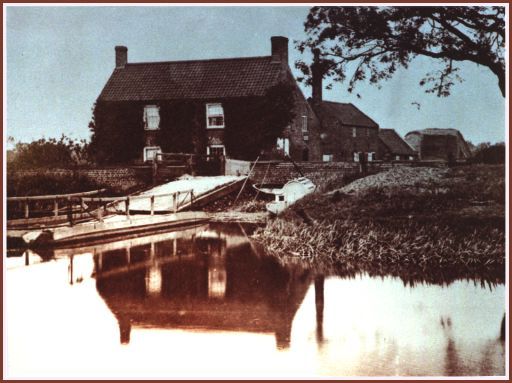SUTTON & WAWNE
P H O T O G A L L E R Y 2
Assorted photos of Sutton.
|
See right at the bottom of this
page for two pictures Two atmospheric drawings of
Sutton, Drawing 2 Sir John is the grandfather of Maud de Sutton, who married Baron William Hastings, a Yorkist supporter of Edward IV. He was desended from the original Hastings family, formerly Duc de Eau, and cousins to William the Conqueror, and given their name for their part in the creation of an 'invasion port' at the time of the Norman invasion, Battle of Hastings, etc. The port was created from the tiny village of Hastings, hence the family name. Baron William was created knight on the battlefield by the king for his generalship at the Battle of Marston Moor, the last major battle that finally brought Edward IV to the throne of England. After Edward's untimely
death, William also briefly served Plantagenet uspurper
Richard III, though apparently not very well in Richard's
books. Perhaps Baron William knew too much about the
disappearance of the young princes in The Tower, enough to
cause Richard to have him summarily executed, almost
within minutes of his arrest at a Privy Council meeting,
outside on Tower Green. By his marriage to Maud, he
inherited her rights and estates, and that explains how
here at Sutton, we used to have a plot of land entitled
"Hastings Manor", which was to the east of the church and
lay roughly where Church Mount is today. It is denoted as
such on old maps as recent as Victorian times. Baron William left a long
Hastings family legacy, and most folks today who can trace
one of their many lines into the Hastings family, spread
far and wide all over England by Victorian times, can
count a little bit of Sutton on Hull and this man's DNA in
their veins. They're thought to have been used for
centuries as "burial, or coffin stones", placed for
pallbearers to briefly rest a coffin as a procession formed
up to enter the church. I've been told they were
anciently used as stepping stones at a nearby 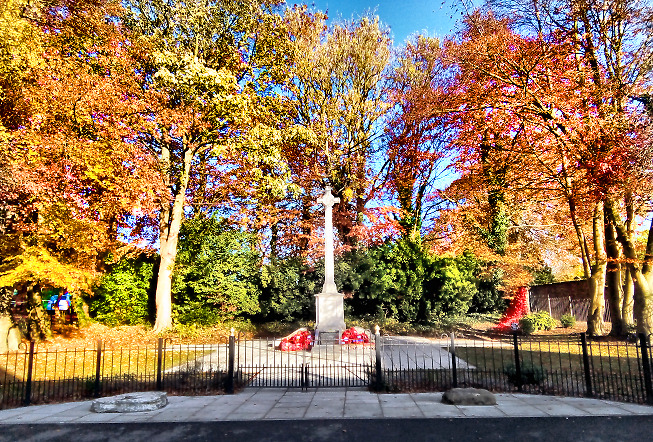 The War Memorial and Garden after the 2018
service, when the new plaques were unveiled. The garden has
also been paved with suitable paving, so improving access
and comfort for all visitors, but particularly for
wheelchair users. Two new commemorative plaques have also been
inlaid into the paving to the front of the memorial, one of
them to Lt John (Jack) Harrison MC VC, (East Yorkshire Rgt), R.I.P. * * * |
WAWNE FERRYa couple of old photos The old ferry at Wawne, now
but a distant memory to most folks, connected to Thearne
Lane, and so came out on the main Beverley road, A1079, at
Woodmansey. The 800-year old ferry closed to motor transport
in the 1960's, though I recall still seeing signs well into
the 1970s at Woodmansey on the main road warning motorists
that the Thearne Ferry was now closed. They called it
Thearne Ferry on that side of the river. .. well, they were
in a different country, see. There is a paperback booklet out on the story of
Wawne Ferry for historians, by local writer, Martin Limon. 'A
Passage over the River Hull: the Story of Wawne Ferry',
and was available from the Beverley Bookshop, Browns in Hull,
or direct from Martin himself. Also, Issue 75 of the magazine, 'Down Your Way', contains a short article on Wawne Ferry by Martin, and the article also appears on The Thearne Website . It is all a most interesting read, and contains a great deal of information that will be new to most people. |
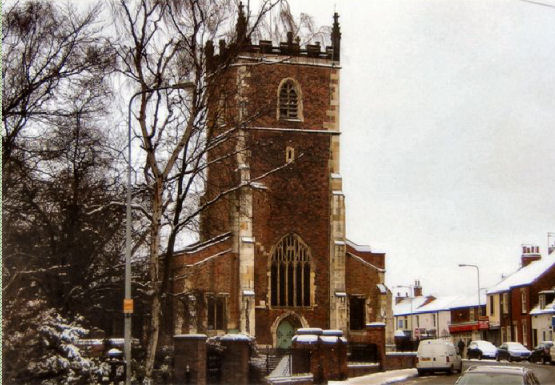


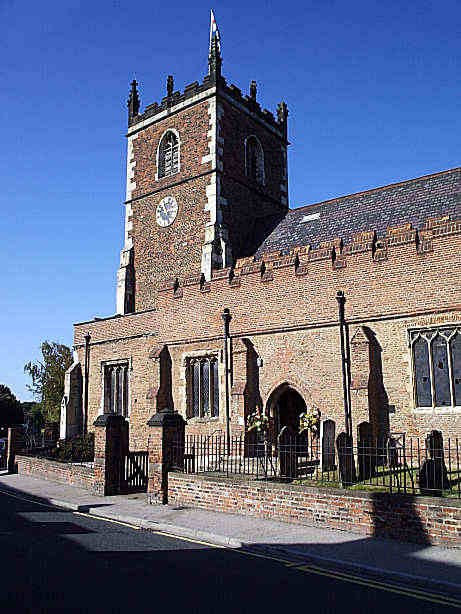
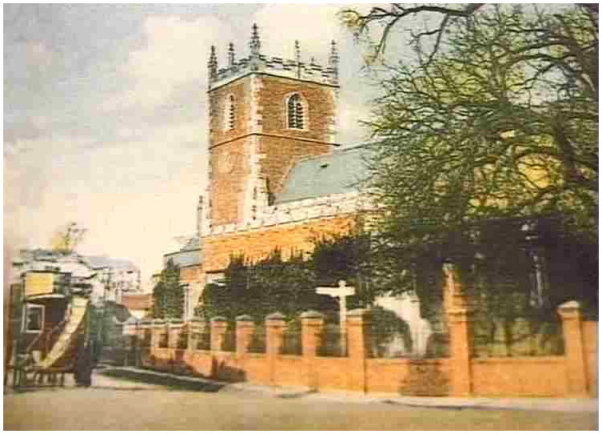

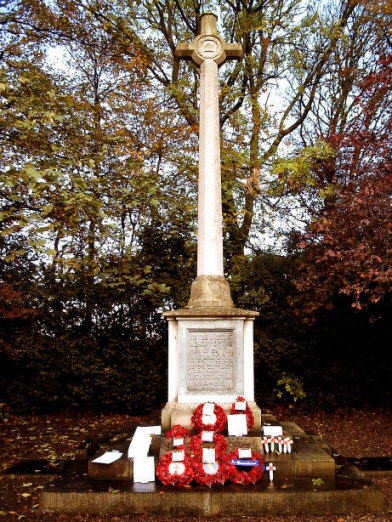
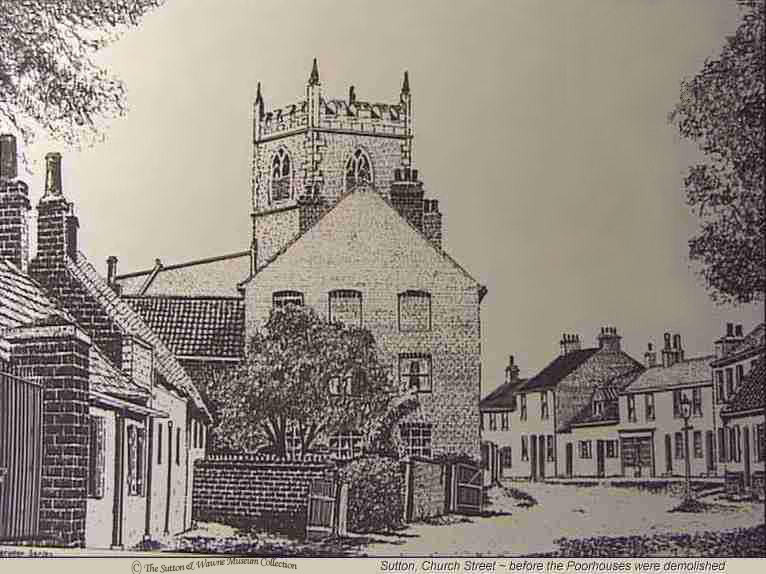
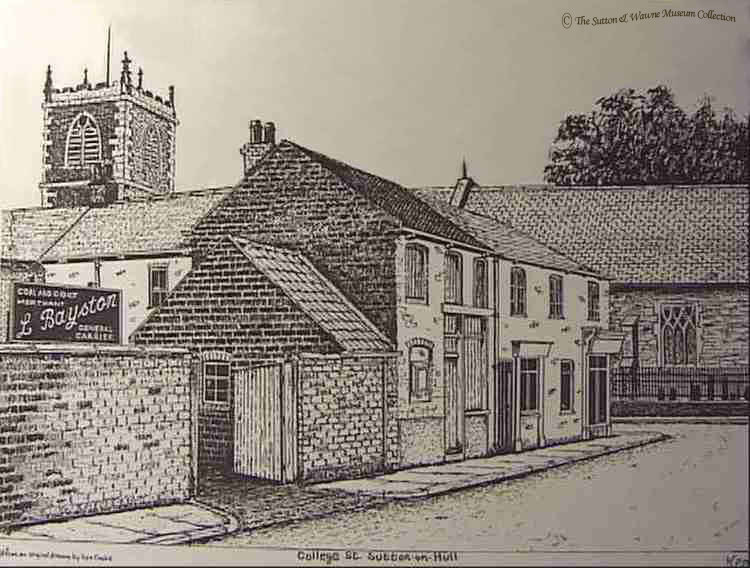
 >
>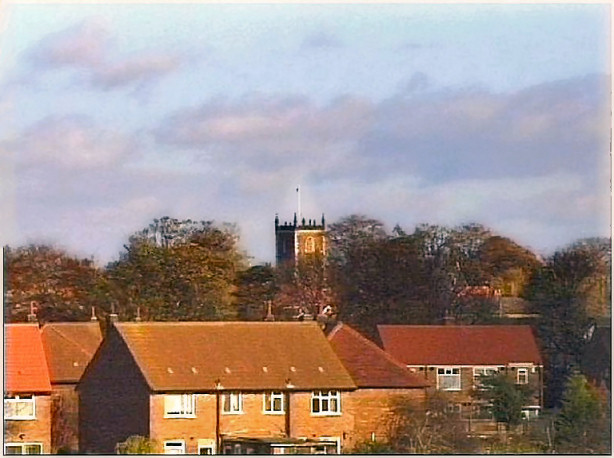
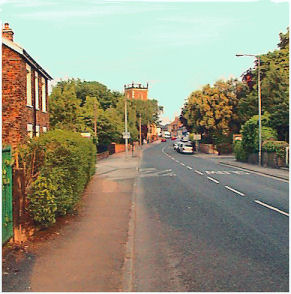
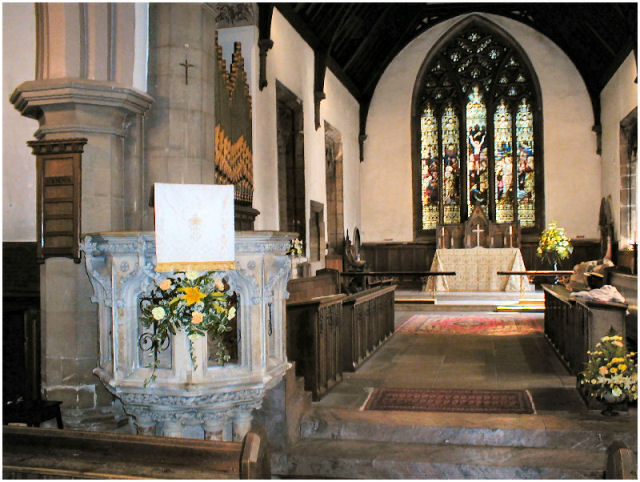
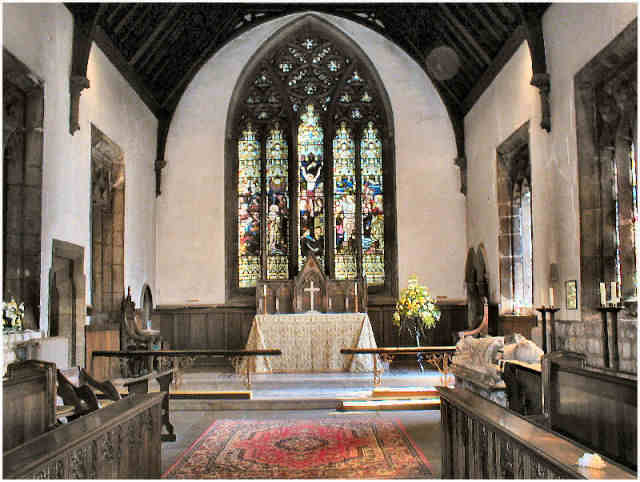 >
>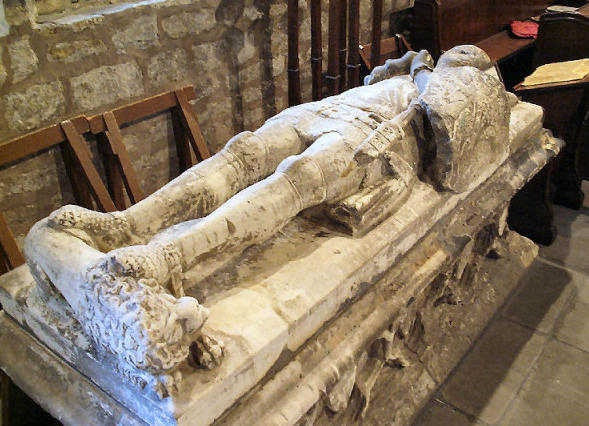 >
> >
>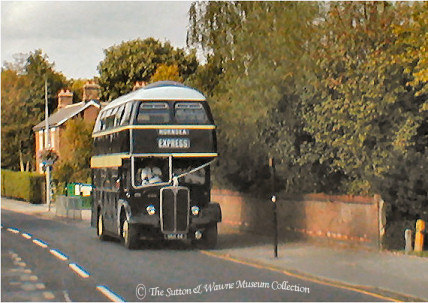 >
>
